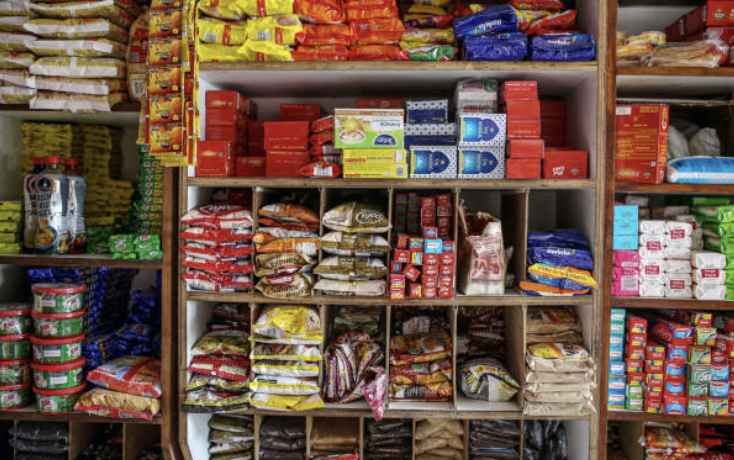
America’s mom-and-pop businesses—long considered the backbone of local economies—are grappling with increasing financial strain as inflationary pressures, rising operating costs, and declining consumer spending continue to take a toll.
According to a recent report by the National Federation of Independent Business (NFIB), small business optimism has dropped to its lowest point in over a decade. Over 60% of surveyed business owners reported a decrease in customer traffic since the start of 2025, citing higher prices, tighter household budgets, and increased competition from big-box retailers and e-commerce giants.
“Utilities are up, rent is up, and our suppliers keep adjusting their prices almost monthly,” said Maria Lopez, who runs a family-owned grocery store in Des Moines, Iowa. “We’re doing everything we can not to raise prices, but at some point, we just can’t absorb the costs anymore.”
Many mom-and-pop shops, especially in rural and inner-city areas, have been forced to cut hours, lay off staff, or even close entirely. While some have turned to digital tools and online platforms to attract customers, the digital divide remains a challenge, particularly for older entrepreneurs.
Government assistance, including small business grants and low-interest loans, has provided temporary relief—but many say it’s not enough to ensure long-term survival.
“We need more than short-term solutions,” said Jamal Carter, owner of a neighborhood barbershop in Atlanta. “If small businesses go under, it’s not just about jobs—it’s about losing the character and community these places bring to our neighborhoods.”
As policymakers debate additional economic measures, small business advocates are calling for more targeted support to help local businesses adapt, modernize, and compete in an increasingly difficult landscape.


